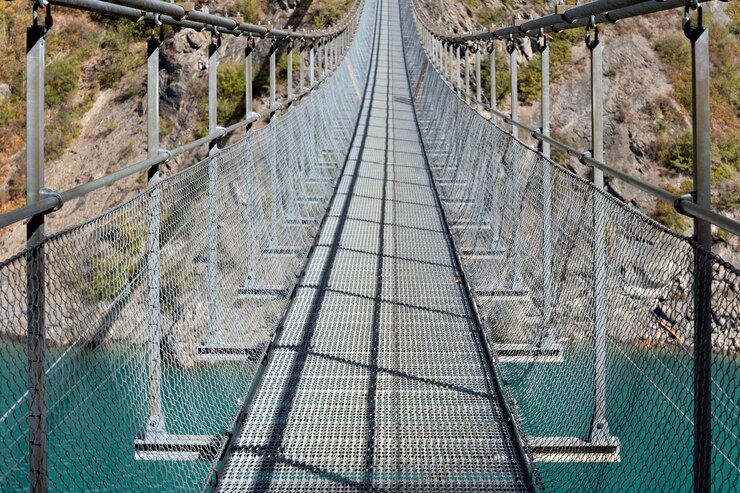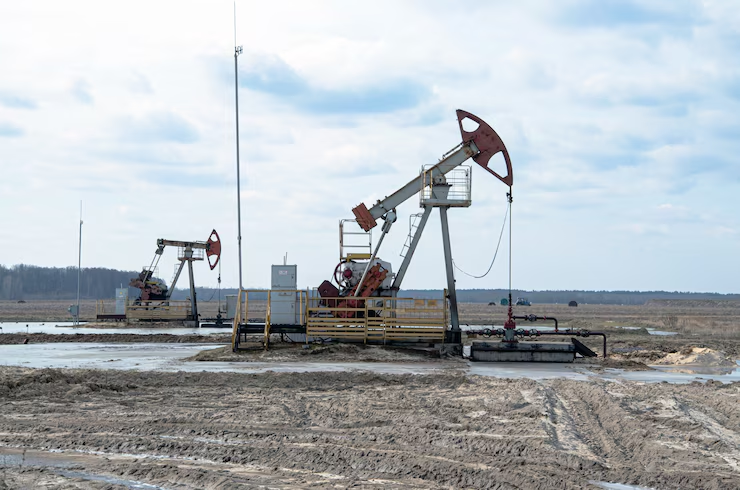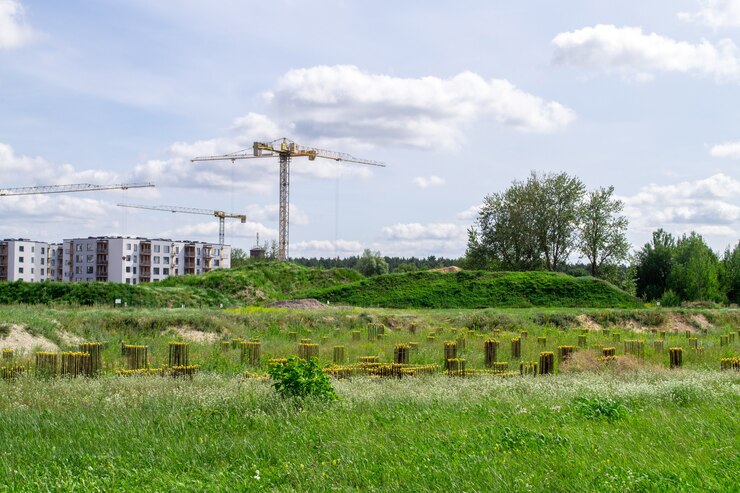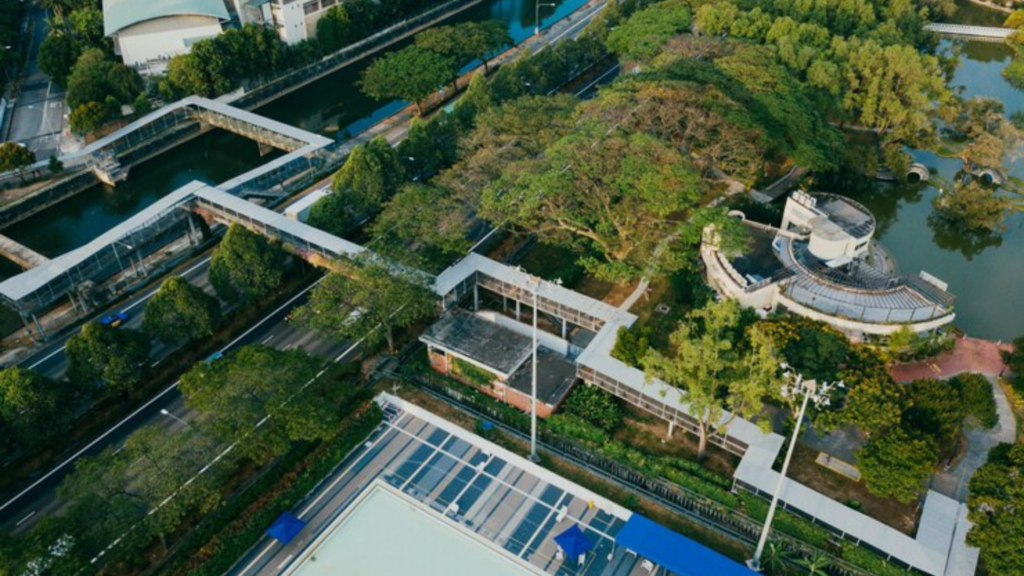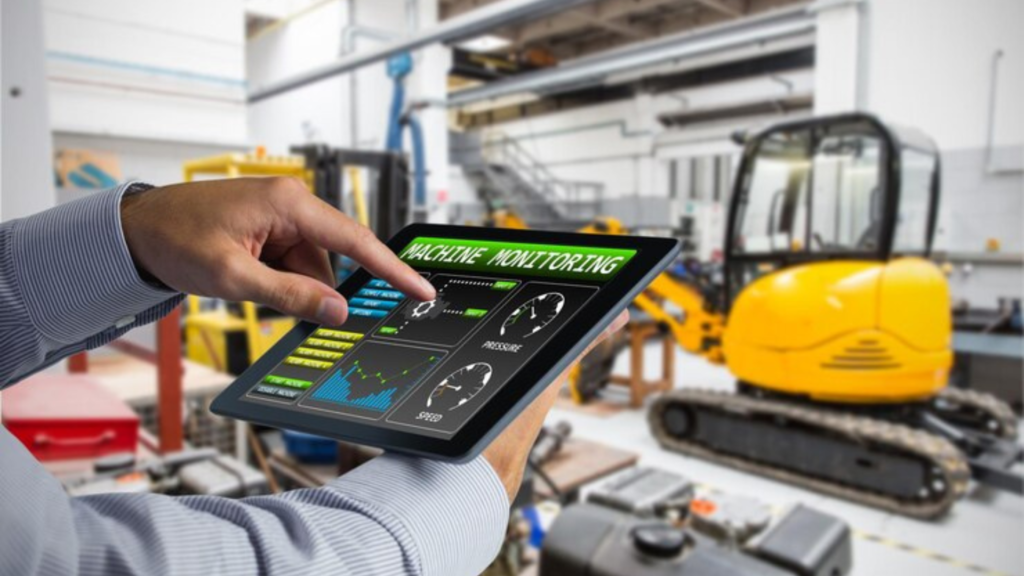UDAN 2.0: A New Era of Airport Infrastructure and Regional Air Travel
India’s UDAN scheme (Ude Desh Ka Aam Naagrik) revolutionized regional air connectivity by making affordable air travel accessible to millions. With the launch of UDAN 2.0, the government is set to redefine the country’s aviation landscape. A strong emphasis on airport infrastructure and operational readiness is at the heart of this new phase, aiming to transform regional air travel and boost economic growth. Key Highlights of UDAN 2.0 The updated UDAN scheme focuses on enhancing infrastructure to support the growing demand for regional connectivity: Airport Readiness: Preparing regional airports for higher passenger loads and operational demands. Expanded Connectivity: Strengthening links between underserved and unserved airports to promote inclusive development. Government Initiatives: Increased funding and streamlined policies to expedite project execution under UDAN 2.0. Focus on Airport Infrastructure Development The success of UDAN 2.0 hinges on its robust approach to improving and expanding airport infrastructure: Upgrading Existing Airports Renovation of existing terminals to enhance passenger experience. Expansion of runways to accommodate larger aircraft and increased traffic. Integration of modern safety and navigational aids to ensure secure operations. Developing Greenfield Airports Construction of new airports in regions lacking air connectivity. Focus on eco-friendly design and sustainability in building these facilities. Technological Integration Introduction of digital tools for efficient airport operations. Enhanced passenger convenience through automated systems and real-time updates. Strategic Importance of Enhanced Infrastructure Robust airport infrastructure plays a critical role in the broader goals of UDAN 2.0: Boosting Regional Connectivity By connecting remote and underserved regions, UDAN 2.0 brings these areas into the national air travel network, facilitating access to resources, education, and employment opportunities. Encouraging Tourism and Trade Improved air connectivity promotes local tourism and enables smoother trade, driving economic growth in smaller towns and cities. Fostering Inclusive Development The scheme bridges the urban-rural divide by ensuring that even smaller towns benefit from accessible air travel, making infrastructure a key enabler of progress. Challenges in Implementation While the goals of UDAN 2.0 are ambitious, several challenges must be addressed: Geographical Constraints: Building airports in remote or hilly regions presents logistical and engineering difficulties. Funding and Resources: Ensuring consistent funding and skilled manpower remains a challenge for large-scale projects. Regulatory and Environmental Hurdles: Balancing infrastructure development with environmental sustainability and regulatory compliance. Another challenge is that only 60% of the 615 proposed routes are functional. According to the Comptroller and Auditor General’s office report there is significant delay in the project. Now Airlines are also concerned about financial burdens they are going through as well from unready airports. Government Support and Future Goals The government’s active role in supporting UDAN 2.0 underscores its importance in India’s aviation growth story: Policy Enhancements Simplified regulatory frameworks and incentives are being introduced to attract private investment in airport infrastructure. State governments are also being brought into the fold for seamless execution of projects. Future Expansion Plans UDAN 2.0 aims to add more regional airports to its network, connecting even the most remote areas. By leveraging cutting-edge technology and sustainable practices, the scheme envisions India as a global hub for affordable regional air travel. Conclusion UDAN 2.0 marks a significant step in redefining India’s regional aviation sector. By prioritizing airport infrastructure development and connectivity, the scheme aligns with the nation’s vision of accessible and inclusive air travel. As regional airports become operational and connectivity improves, India is poised to witness a new era of growth, driven by innovation and robust infrastructure.
UDAN 2.0: A New Era of Airport Infrastructure and Regional Air Travel Read More »

